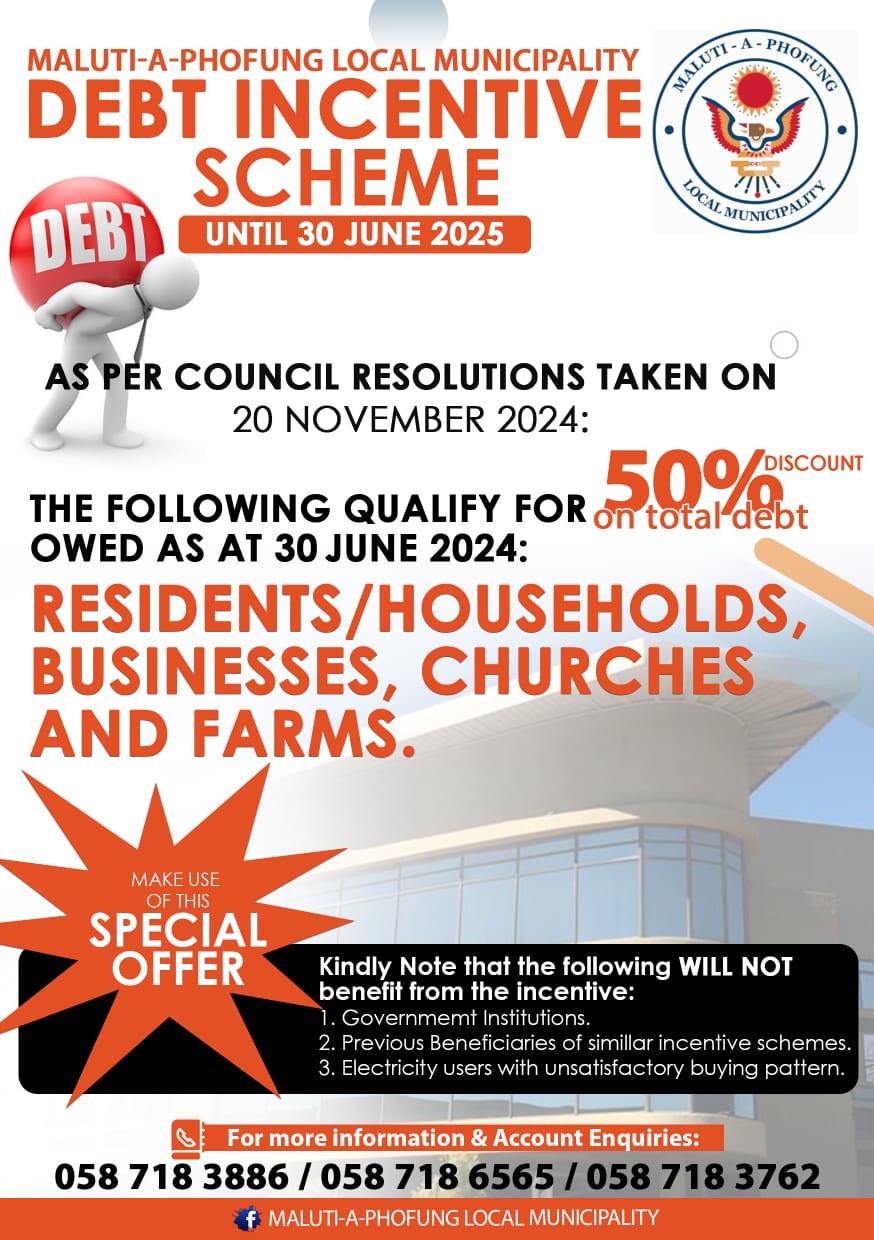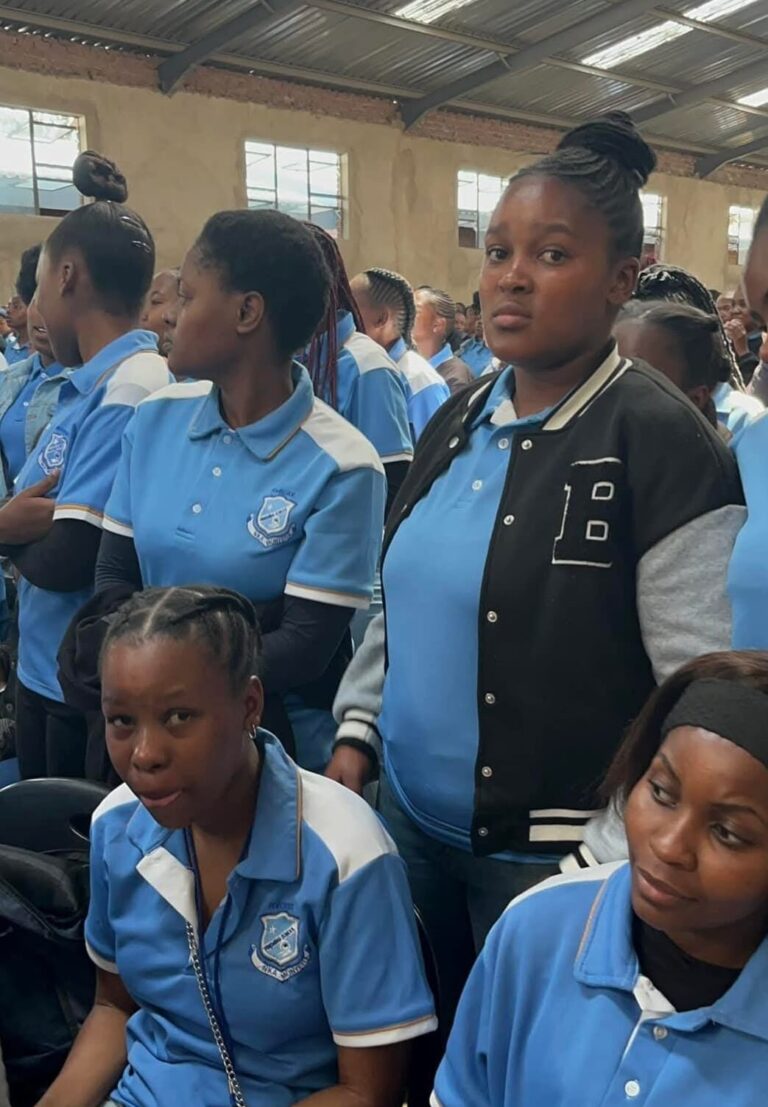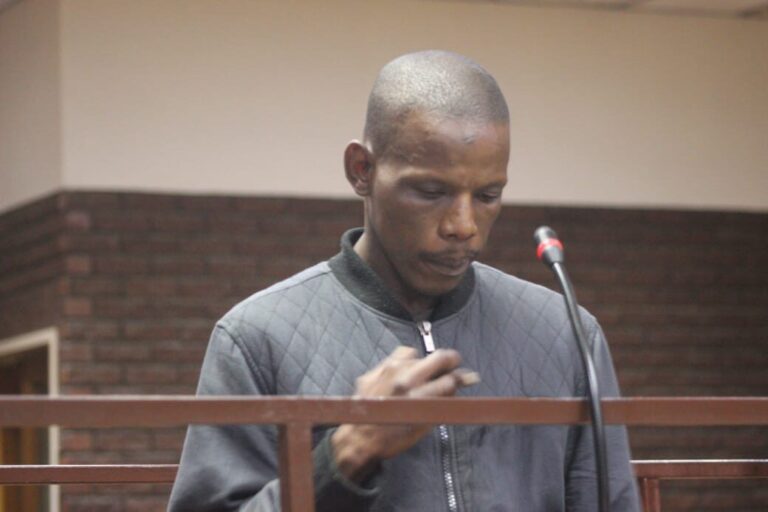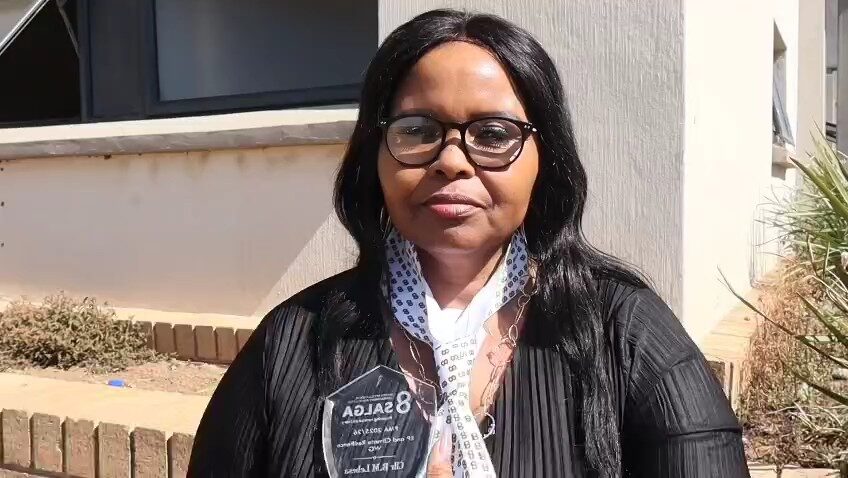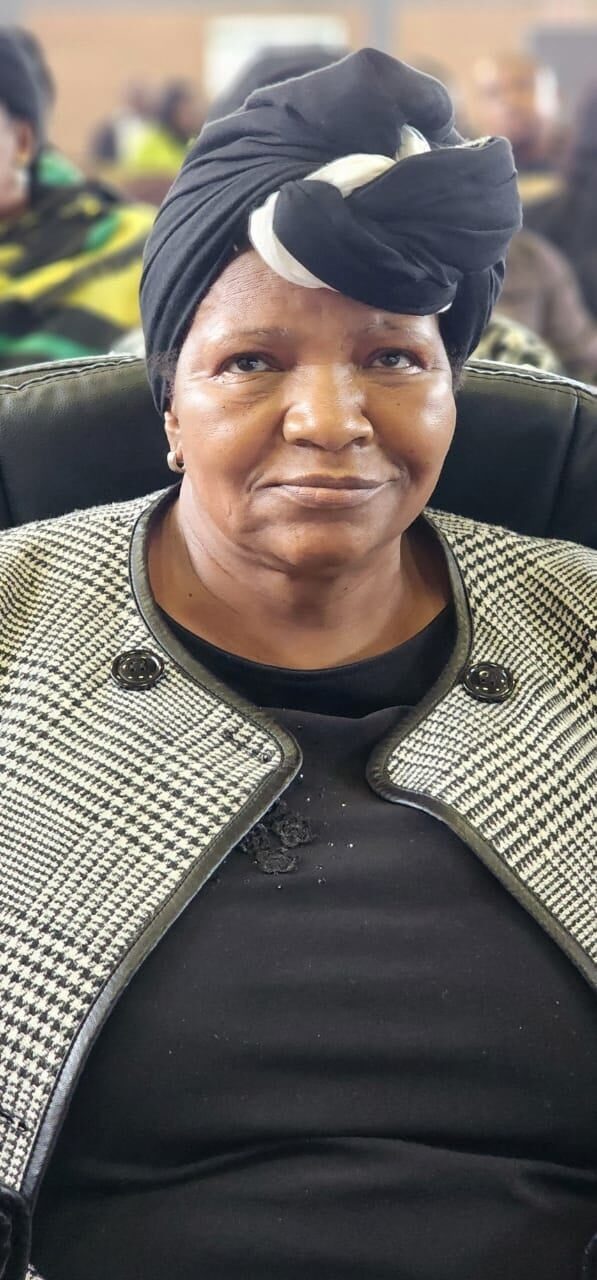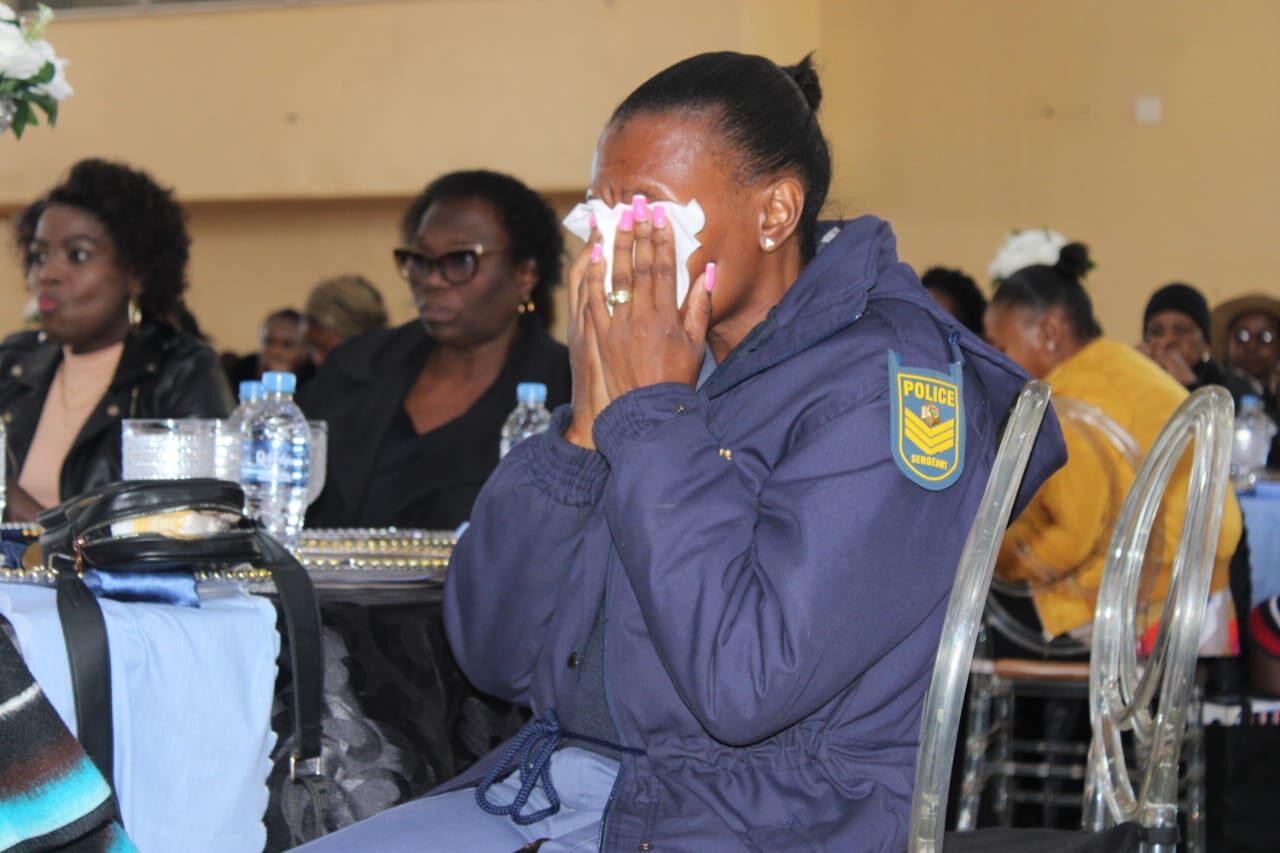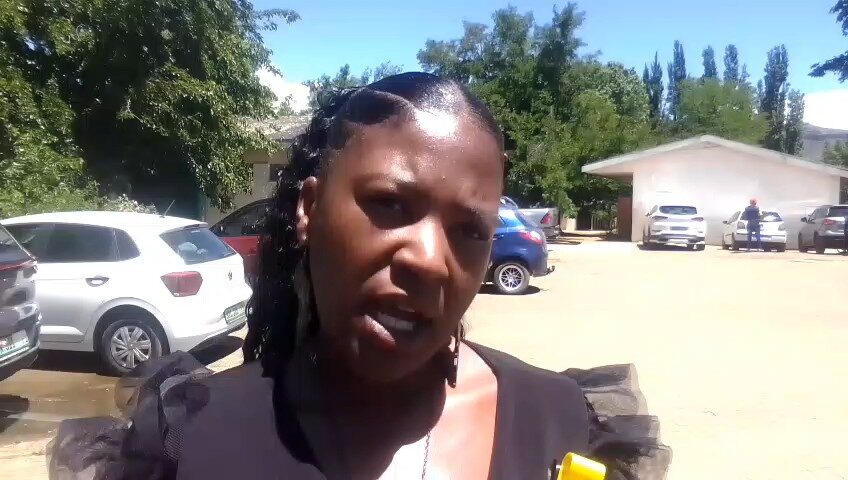By Teboho Moloi
QWAQWA – Basotho from across South Africa and Lesotho gathered at the Basotho Cultural Village nestled between Clarens and QwaQwa on Saturday, August 2, to mark the start of the Basotho New Year.
August, known as Phato in the Sesotho calendar, is considered the beginning of the year by the Basotho people. The celebration was rich with traditional music, dance, games such as morabaraba and kgathi, and displays of cultural fashion and cuisine.
Leading the festivities was Free State MEC for Sport, Arts, Culture and Recreation, Ntombizanele Sifuba, accompanied by MECs Jabu Mbalula and Saki Mokoena, members of the provincial legislature, Maluti-a-Phofung executive mayor Malekula Melato, Chief Whip Moeketsi Lebesa, Batlokoa King Montwedi Mota, and Bakoena ba Mopeli King Moremoholo Mopeli.
Delivering the keynote address, Sifuba urged Basotho to embrace and celebrate their heritage. She stressed the importance of honouring the past, asserting that colonialism and apartheid systems had long tried to erase African identity and history. “We were made to believe we had no history or culture,” she said.
“But celebrations like today affirm that we are a people of deep roots, wisdom, and pride.”Sifuba called on parents and elders to instill a sense of cultural pride in young people, saying this was key to safeguarding Basotho heritage.
She highlighted the scientific contributions of the Basotho, particularly in astronomy, referencing their naming of stars such as Mphatlalatsane and Tosa, as an example of indigenous knowledge.
“Basotho studied the stars long before colonization. This is just one of many signs of how rich our culture is,” she said.
She concluded by encouraging continuous cultural practice as a living connection to the ancestors.“Our past must not be distant,” Sifuba emphasized.
“A nation that does not know where it comes from can never know where it is going.”
The Free State government has pledged its commitment to preserving and promoting cultural heritage through events such as the Basotho New Year celebration, which it now sees as a key fixture in the provincial cultural calendar.








